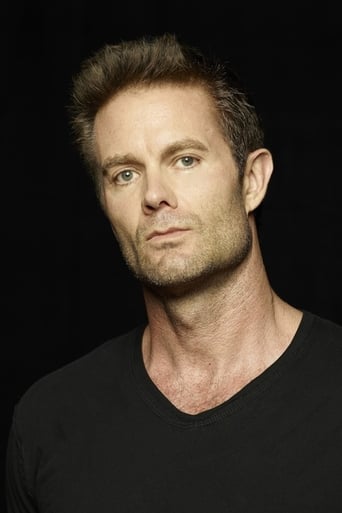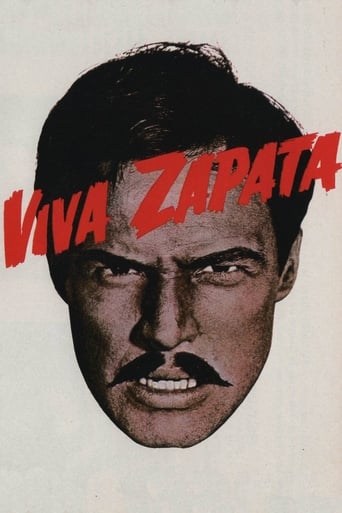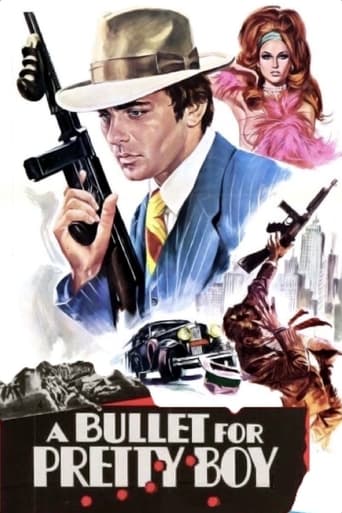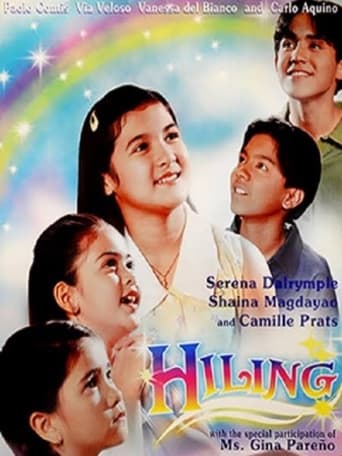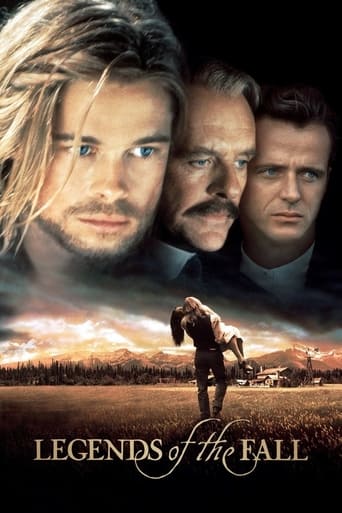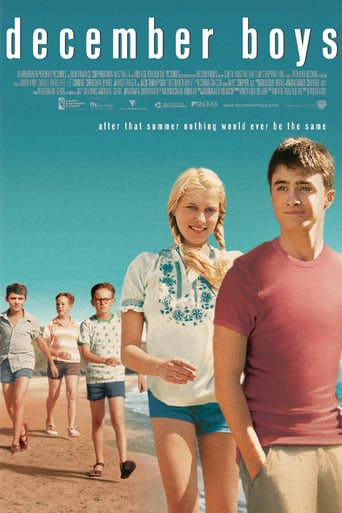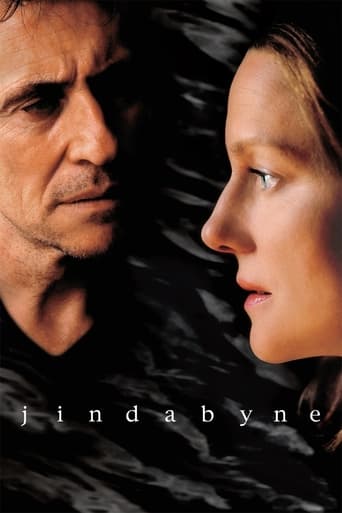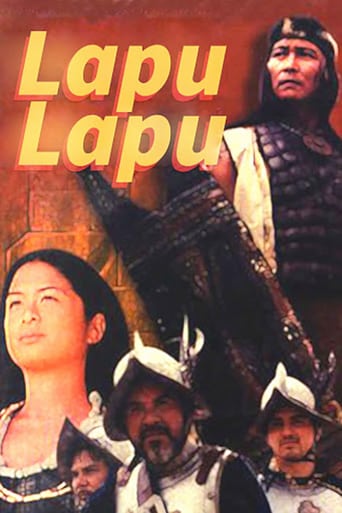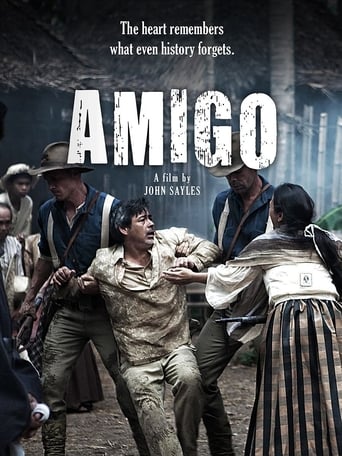
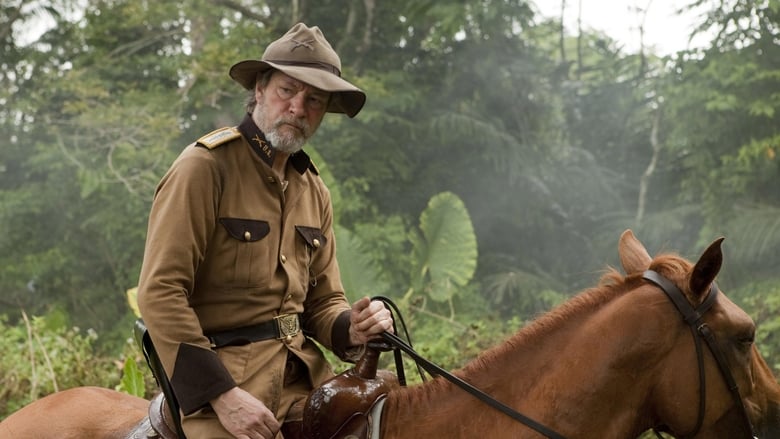
Amigo (2010)
Rafael is a village mayor caught in the murderous crossfire of the Philippine-American War. When U.S. troops occupy his village, Rafael comes under pressure from a tough-as-nails officer to help the Americans in their hunt for Filipino guerilla fighters. But Rafael's brother is the head of the local guerillas, and considers anyone who cooperates with the Americans to be a traitor. Rafael quickly finds himself forced to make the impossible, potentially deadly decisions faced by ordinary civilians in an occupied country.
Watch Trailer
Cast


Similar titles
Reviews
The movie Amigo gives us a glimpse of life in a barrio that is caught up between sides of a war that is happening right there in front of them. It takes place in 1900 during the Philippine revolution against U.S. rule. After having just defeated the Spanish, Filipino revolutionaries led by General Emilio Aguinaldo are being sought by U.S. troops. The U.S. troops arrive in the idyllic barrio while on this expedition, causing great turmoil for its inhabitants. The film exhibits a lot of the contrasts of life (yin and yang). The peaceful barrio versus war and violence, the simple ways of people versus the political complexities of loyalty, racism, and hegemony. The film is also very well balanced in the way it provides characters on all sides of the conflict, (U.S. troops, revolutionaries, common people, and even Spanish) showing each point of view. The languages used in the film are also balanced with parts in English and Tagalog (subtitled). The character I want to focus on in this writing is that of the barrio "head-man" Rafael. He is the town boss (like a public official or representative) that is caught up between serving the people of his barrio and the forces of both sides of this conflict. He is depicted as a fair and trusted man, having to settle barrio disputes. The people look to him as a counselor also, asking advice on what to do about the Americans. Rafael is caught in a terrible position, as he represents the people to the U.S. troops, and needs to appear cooperative to prevent their heavy handed brutality. His loyalty may then be suspect however, as his brother is a revolutionary and does not want the U.S. assisted in any way. In fact collaboration is punishable by death. In one scene, he is instructed by rebel forces to be an "inside man" and spy for them. Unfortunately for Rafael this "catch 22" situation does not end well for him, making him detestable to both sides. This reminds me of the statement "damned if you do, damned if you don't. Some of the themes of the movie I would like to discuss are about power, conflict, racism, and social justice. The film makes clear that the fight against imperial power is just. The revolution appeared to be widely accepted by the people, none of which "sold out" the location of the rebels' hideout. As for conflict, I got the message from the film about how war is justified over and over and how the same reasons are used to make war more acceptable with statements like "we are keeping the people safe", or "we are trying to win the hearts and minds of the people". We still hear these statements in wars today. In one scene, father Hidalgo refers to the Filipinos as children (again, justification for social dominance). This is a form of racism, but slightly more subtle than the colonel that referred to the people as monkeys. As for social justice, in another scene, a woman stated she did not mind if the U.S. was in power, because they would divide up the land (from more wealthy land owners) and give it out to everyone (allowing her to have more land). I enjoyed and appreciated this film in spite of the ironic ending. Thank you. Renzi, M.; Ontal, M.; Torre, J. (Producers), Sayles, J. (Director). (2010) Amigo Motion Picture. United States: Variance Films
October 26, 2011 director John Sayles came to Trinity's Cinestudio for a showing of his recent movie Amigo, a story of American military occupation in the Philippines following the Spanish-American War. It's Sayles' first digital "film," a mode he said we may as well get used to, simply because it's so much cheaper than film and so will take over not just independent cinema but Hollywood as well. What he got on the screen was very nice to watch. I'd not have known it was digital, great color and some superb photography. That may partly be due to Cinestudio's wonderful facility and care with whatever it shows.Sayles sounds like a Rhodes scholar, obviously very intelligent, but what really struck me is how much he has to say. He's engaged, he cares, he's interested, curious and thoughtful. He clearly did a lot of research on his subject and wanted to share his views.Though I've liked some of Sayles' movies, Return of the Secaucus Seven especially, I found Amigo, unfortunately, disappointing. It doesn't come together well as drama, as a story. It seems wooden, mechanical. I also thought it was a bit hard on the ugly American, though not by much. I did disagree with Sayles when he dismissed TR for his view that it would take 100 years to civilize the Filipinos. TR was actually ahead of most Americans of his day in overcoming the racism that had infected the Western world and was then reaching a peak. And TR's prediction wasn't entirely unfair, as it was nearly a century before the Filipinos got a real chance to shape their own destiny after getting rid of Marcos. I think a good case can be made that the U.S. accelerated more than it retarded that trajectory, even with the faults of our occupation.When one post-film questioner said he thought the Americans were portrayed unjustifiably and unnecessarily negatively, Sayles calmly defended his presentation but the rest of the Trinity audience, mostly people over 40, groaned in displeasure with the questioner's political incorrectness. So much for academic freedom.I like to go up to movie directors after such post-film discussions to ask a question or two. Quite a few others were gathered around him, so I waited until everyone else had moved on. It was getting late and Sayles was making his way to leave but he was entirely gracious when I asked him whether he had acted in movies other than his own. He seemed happy to have the question and said something like, "Oh yes, from time to time, when there's something." And he volunteered that he usually played a bad guy, a brute or dumb in his own films. I forget his words, something like "a cop," I think he said. That made me recall his role in his own film, Brother from Another Planet. He also said he doesn't like to play characters "with an arc" when he's directing, because it becomes difficult to direct and follow the arc at the same time. So the cop roles and the like are okay in his own films. "So you're always looking around, interested in landing parts?" I asked, and he responded affirmatively, almost as if he was wondering if I had a part to offer him. I thanked him for coming to Hartford and took off. Phil SteeleA week later, quite a coincidence. I viewed Spike Lee's Malcolm X again (and liked it even better than I did when it came out). Trying to identify the actor playing the FBI surveillance agent who delivers the line, "Compared to King this guy's a monk," I came to IMDb, of course, and it turns out it's John Sayles! Sayles says the line to his co-FBI eavesdropper, whose laughing as he overhears the conversation of Malcolm X and his wife, is very likely unhistorical and over the top. But for the most part Lee has made a great movie.
I saw this movie at the film festival Copenhagen Pix on April 28 and I was pleasantly surprised as the movie is a return to form for John Sayles after the disappointing Honeydripper.I should explain that back in my college days I wrote my thesis on John Sayles so I'm obviously a big fan and have watched most of his movies at least five times. Lone Star, Matewan and City of Hope (the movies my thesis was based on) I have watched more than 50 times. I also met John Sayles a few years ago in Copenhagen and he was as pleasant as I had expected. When I told him that I'd written about him, he asked what the title was and upon hearing the academic mumble-jumble title (I forget) he just replied, "Yup, that'll work," and proceeded to talk about baseball and sports in general (upon hearing that I was writing about sports). Great experience to talk to him and I still consider Lone Star one of the five best movies I have ever seen.Anyway, back to the review. All in all Amigo is an excellent movie. Sayles' social conscience makes him a rather special and unique American director and if you don't know his movies you should get cracking. There are almost no bad movies in his work. Amigo is well-cast and all the actors do a great job especially when you consider how close to Sayles' words they have to stick (Sayles may be a cool and laid-back guy but he is not a big fan of his actors improvising a whole lot) it all comes out so effortlessly. Obviously, it helps that the dialogue, as always, is brilliant.The first entry here on IMDb about this movie from usherontheaisle explains the plot better than I possibly could. As usual, Sayles is very balanced on the subject matters and he never takes the easy way out of any dilemma. The natives and their motives are likable but so are the soldiers and the rebels. Sayles explains in details the dilemmas of each group so that the audience understands everything from the perspective of each group. There are a tremendous number of characters that have a quite substantial part in the movie, another Sayles trademark, and this works well to get all the angles of the story exposed. This does require the audience to pay attention because sometimes a character will not be present for 30 minutes and then Sayles returns to him/her. Sayles is usually very ambitious in his movies' scope and Amigo is definitely no exception. He packs in so many facts in his dialogue and narrative that you sometimes feel you have been exposed to a history lesson while being entertained.The movie is gloomy and you have a feeling right from the beginning that it will end badly. Sayles is always rather pessimistic in his views on humanity and human behaviour – Men with Guns comes to mind – but he hardly ever blames anyone and that is also the case in Amigo. Even the sneaky Spanish preacher eventually shows his good side at the end of the movie. This is Sayles' way and if you read his books you will see that he writes in the same style.Sayles' character direction has always been amazing – how he gets so many unknown actors to perform so damn well I'll never know – and Amigo is no exception. The amazing and underrated Chris Cooper does a fine, small job as old school Colonel Hardacre ("Them gloves are coming off!") and so does Garret Dillahunt as Lt. Compton. But it is almost not fair to mention anyone as everyone of the actors are convincing and very capable.I realize that this does look a bit like a fanboy review but bear in mind that I really did not like Sayles' last movie, Honeydripper and I was not too thrilled about Casa de los Babys either. In my opinion this is Sayles' best movie since Lone Star. It is a bit on the heavy side at times and it does require a lot from the audience but there is a big return on that investment. Go see it. It's (almost) Sayles at his best.
Perhaps those without the political biases that I have will think more highly of this film than I did. From the trailers that I had seen, plus my growing understanding of the proud history of Philippine resistance and rebellion I had great hopes for 'Amigo'. While the movie may be fairly well done in terms of cinema and storytelling --- there are some good characterizations and plot turns --- in terms of politics and history I did not like this film.I do have to praise John Sayles and the producers for attempting to tackle the subject -- it is one that deserves to be more widely known.But to summarize : the couple of Spanish colonial soldiers are shown in a somewhat unfavourable light, the clergy as represented by Padre Hidalgo is shown in a mostly unfavourable light. There are 'good' Americans and 'bad' Americans, which is fair enough, but even at their worst the Americans are depicted as more blustering and threatening than actually capable of carrying out acts of terrorism.The villagers are caught between the Americans and the insurrectionists, truly a tragic place to be, but my real problem is with the portrayal of the latter : I cannot see that they are shown to have any redeeming features or policies.Somehow the majority of men in the village have gone off to fight as part of the revolutionary force, but why? What did the revolutionaries have to offer? True, as one American soldier states, 'it is their country', but in terms of the events as shown this would not be enough to join the guerrillas, who are generally depicted to be more ruthless than the foreign invaders.For me this demonstrates the same lack of understanding that guided American foreign policy in Viet Nam and in wars since then : sure, the hearts and minds of the population need to be won, the countryside belongs to the guerrillas, the village does also at night --- but why is this? Why do the guerrillas have a broad base of support? Lastly I had an objection to the overuse of the 'funny side of the Filipinos', wherein the adorable natives, conversing in their curious foreign tongue , were shown to be insulting the Americans and their ways, without the Americans knowing what was being said. It is fitting and a plus that most of the dialogue in the film is in Tagalog and I suppose that the intention was to show the human, comical side of the villagers, but to me it came across as too patronizing, as in 'oh look, aren't their customs and manners delightfully quaint?'




